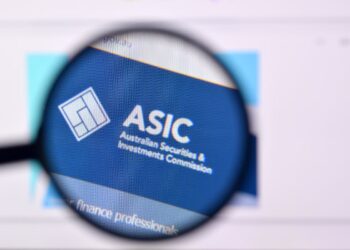Environmental, social and governance (ESG) focused investors should pursue investments that are creating sustainable assets, rather than ones already operating as there is an overabundance of capital circulating in this space.
Speaking at a webinar, David Scaysbrook, co-founder and managing partner of Quinbrook Infrastructure Partners, said there was a lot of money chasing built and operating renewable energy assets which meant the returns were anaemic.
“So not only are you not contributing any capital to the solution – because buying an existing asset doesn’t do anything from an additionality [or ESG] perspective – but the returns are nowhere near as attractive as they can be through investing in new asset creation,” Scaysbrook said.
“Secondly, if you’re wanting… tangible ESG impact from the allocation of your capital then it becomes reasonably self-evident that an M&A strategy doesn’t do that for you.”
Quinbrook was a specialist investor in new asset creation which invested in the development and construction of renewable energy, battery storage and renewable electricity grids as well as business building in this landscape.
Scaysbrook said investors should look at the United States as Quinbrook believed it was the standout for opportunities to invest in the energy transition.
“It’s still so far behind in decarbonising its powers sector that the amount of money that needs to be invested in the repowering of the US electricity sector is staggering,” Scaysbrook said.
“And the timeframe over which it needs to happen is also quite extraordinary.”
According to Scaysbrook, the United Kingdom was the second most attractive option as it was in the process of eliminating all of its coal and gas generation.
On the technology front, Scaysbrook said solar was the standout choice for investors wanting to invest in renewable technology, even after considering short term supply chain issues.
“The long-term opportunity for solar becoming cheaper and more dominate is pretty irrefutable from many perspectives,” he said.





